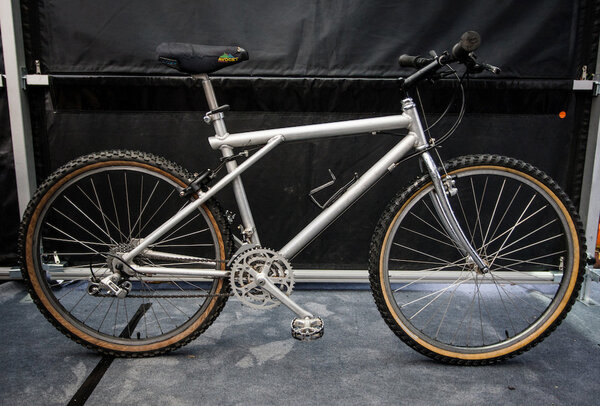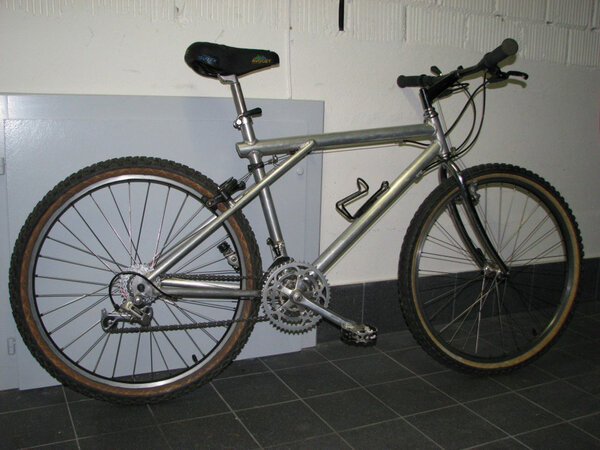SEANSTEPHENS
GT Fan
- Feedback
- View
This is just something random ive been wondering really. Just because of the zaskars apparent reputation for being 'bombproof' and i dont think ive seen it being discussed before
I am probably reffering just to the 91-95 models where the frames were 6061 and shared the same beefy gussets
Some factors...
1: sure the frame is heavilly gussetted which makes it tough but the frames were probably overbuilt because the early-mid 90s were still early days in aluminium frame building and the frames were more likely to fail without that added strength
2: 6061 is a softer grade of aluminium than the 7005 which newer frames are made from. However werent the more expensive frames made out of 6061? :?
3: alu frames are reccomended to be replaced something like every 5-10 years? And the zaskar is over 20 now
So my questions are; how does the zaskar fair in strength compared to a modern aluminium frame? Do all the gussets make it stronger and less likely to fail than a modern frame? Or do they just give it a stiffer ride? Also how difficult would it be to crack one of these frames? Arent all alumium frames bound to fail eventually? And dispite its reputation of being bombproof, cracking one surely isnt impossible... Is it?
My zaskar for example is 22 years old. I weigh about 150ibs and i use my bike for everything from road riding to trails, and hitting the occasional jump and drop off on it. Im not the heaviest rider but im also not the most forgiving with my bikes, and id hate for this frame to fail on me because i love it but even with how strong people say it is, its still an old bike so i have that worry in my mind, given its use
...so anyway: that started off as a little queery but turned into a bit of a novel. Im just interested in hearing peoples input who may be more clued up on frame construction than me
Sean
I am probably reffering just to the 91-95 models where the frames were 6061 and shared the same beefy gussets
Some factors...
1: sure the frame is heavilly gussetted which makes it tough but the frames were probably overbuilt because the early-mid 90s were still early days in aluminium frame building and the frames were more likely to fail without that added strength
2: 6061 is a softer grade of aluminium than the 7005 which newer frames are made from. However werent the more expensive frames made out of 6061? :?
3: alu frames are reccomended to be replaced something like every 5-10 years? And the zaskar is over 20 now
So my questions are; how does the zaskar fair in strength compared to a modern aluminium frame? Do all the gussets make it stronger and less likely to fail than a modern frame? Or do they just give it a stiffer ride? Also how difficult would it be to crack one of these frames? Arent all alumium frames bound to fail eventually? And dispite its reputation of being bombproof, cracking one surely isnt impossible... Is it?
My zaskar for example is 22 years old. I weigh about 150ibs and i use my bike for everything from road riding to trails, and hitting the occasional jump and drop off on it. Im not the heaviest rider but im also not the most forgiving with my bikes, and id hate for this frame to fail on me because i love it but even with how strong people say it is, its still an old bike so i have that worry in my mind, given its use
...so anyway: that started off as a little queery but turned into a bit of a novel. Im just interested in hearing peoples input who may be more clued up on frame construction than me
Sean

